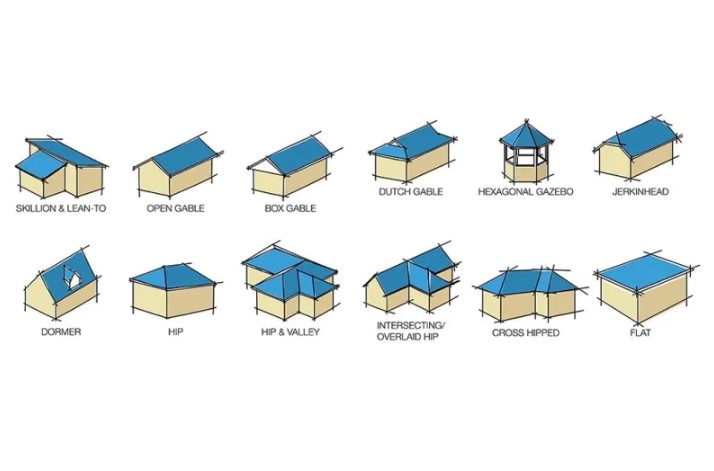Roof plan design is a crucial aspect of any architectural project. It not only determines the aesthetic appeal of a building but also plays a significant role in its functionality and durability. In this guide, we’ll walk you through everything you need to know about roof plan design, from its importance to the key elements and tips for creating the perfect roof plan.

Importance of Roof Plan Design
A well-designed roof plan is essential for several reasons:
- Structural Integrity: The roof is a critical component of any building’s structure. A well-designed roof plan ensures that the roof can support the weight of the building and withstand external forces such as wind and snow loads.
- Aesthetic Appeal: The roof is one of the most visible parts of a building’s exterior. A well-designed roof plan can enhance the overall appearance of a building and complement its architectural style.
- Functionality: The roof plan determines the layout of the roof and its features, such as skylights, chimneys, and ventilation systems. A well-designed roof plan ensures that these features are strategically placed for optimal functionality.
- Energy Efficiency: The roof plays a significant role in a building’s energy efficiency. A well-designed roof plan can help reduce heat loss in the winter and heat gain in the summer, leading to lower energy bills.
Key Elements of Roof Plan Design
When designing a roof plan, several key elements need to be considered:
- Roof Shape: The shape of the roof, such as gable, hip, or flat, can impact its structural integrity, aesthetic appeal, and functionality.
- Roof Pitch: The pitch of the roof determines how steep it is. The pitch affects the roof’s ability to shed water and snow and can also impact the amount of attic space available.
- Roof Materials: The choice of roofing materials, such as asphalt shingles, metal, or tile, can impact the durability, cost, and aesthetic appeal of the roof.
- Roof Features: Features such as dormers, skylights, chimneys, and roof vents need to be incorporated into the roof plan and positioned correctly for optimal functionality and aesthetics.
Tips for Creating the Perfect Roof Plan
Here are some tips to help you create the perfect roof plan for your building:
- Consider the Climate: The climate of the area where the building is located should influence the design of the roof. For example, a steeply pitched roof is more suitable for areas with heavy snowfall.
- Think About Ventilation: Proper ventilation is essential for maintaining the health of the roof and the building. Ensure that your roof plan includes adequate ventilation systems.
- Choose the Right Materials: Select roofing materials that are durable, energy-efficient, and complement the overall design of the building.
- Consult with Professionals: If you’re not sure about how to design a roof plan, it’s always best to consult with professionals such as architects, engineers, or roofing contractors.
- Plan for Maintenance: Consider how easy it will be to maintain the roof when designing the roof plan. Include features such as access points for cleaning and inspecting the roof.
Conclusion
A well-designed roof plan is essential for ensuring the structural integrity, aesthetic appeal, functionality, and energy efficiency of a building. By considering the key elements and following the tips provided in this guide, you can create the perfect roof plan for your next architectural project.
Also read: 10 Two Bedroom Rental House Plans for Your Perfect Home

Sharing my passions for cozy homes, exciting camping trips, and kid-friendly activities. Let’s make memories together